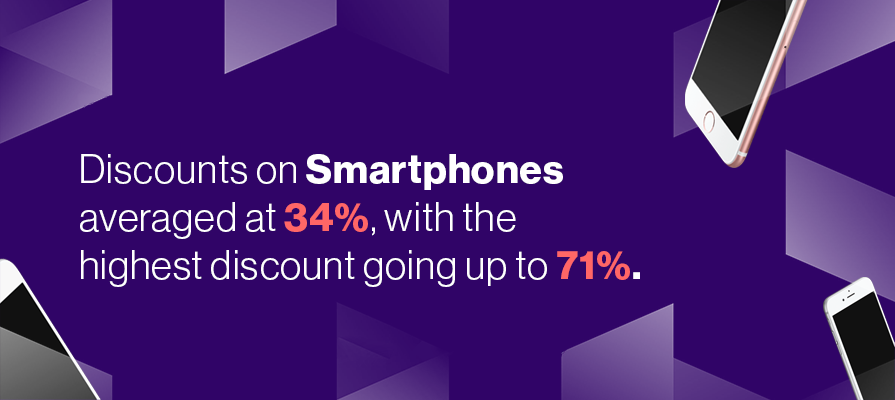
Putting together a customer survey, choosing your distribution platforms, and persuading customers to take your survey is hard enough. But getting them to provide accurate and honest responses to your survey can be just as difficult.
In this post, we’re going to dig deeper into common types of response bias, why they happen, and what you can do about it. From the conscious to the subconscious, here are four of the most common survey biases you should be aware of.
Acquiescence Bias
Acquiescence bias is one of the most common causes of inaccurate data in customer surveys. This bias occurs when your customers tend to agree with whatever it is you’re asking or stating. Research shows that customer surveys containing “agree/disagree” type questions can typically produce a disproportionate amount of “agree” answers and inaccurate data.
Some of your respondents may have a predominant acquiescence personality that makes them more inclined to answer agreeably, while others may agree simply because they want to be liked. Most of us want to be seen as cooperative, but this tendency to agree with statements rather than disagree is an obstacle to accurate data.
How to minimize the effects of the acquiescence response bias? Don’t use questions that imply there is a preferred response. Instead, focus on the respondent’s point of view by asking a question that requires thought rather than a level of agreement with a predefined statement.
Demand Characteristics Bias
For some customers, the act of being a part of a survey may affect their answers. That’s because when people are taking part in a survey, exam, or any other inquisition, they often try to guess the purpose behind it and respond in ways they assume are expected.
The best way to avoid demand characteristics bias is to create surveys that are engaging and interactive. Your goal should be to help your customers forget they are being quizzed. Instead, present your survey as a tool for collaboration that makes respondents feel as if their opinions matter. Your customers are just like the rest of us—we all want to be acknowledged and to be a part of something.
Extreme Responding Bias
When responding to a scale-type questionnaire, your customers are often biased to choose only the extreme options on the scale, ex. 1 or 5. This extreme responding bias is often the result of questions that may cause customers to respond in the extreme if the topic or wording relates to their beliefs. The opposite effect, when respondents only choose neutral responses, also skews results.
The tendency to choose only extreme or neutral responses is often culturally, economically, or educationally specific. Because of these influences, scale-type surveys, while popular and often effective, may not be suited for your audience. If you choose to use these types of surveys, be aware of the potential pitfalls when constructing your questions.
Desirability Bias
Just as we all want to feel acknowledged, we also want to feel socially desirable. Desirability bias in customer surveys happens when respondents answer questions in a way that reinforces characteristics and behaviors deemed socially desirable. While similar to the acquiescence bias, the difference here is the bias is driven by social acceptability as opposed to being seen as agreeable.
While you probably collect data from potential and existing customers for marketing, your survey may not be the best medium for getting that information. Desirability response bias and other biases can be minimized by making your customer surveys anonymous. Your customer survey responders are already your customers. Give them the opportunity to speak their mind anonymously and your data will be more accurate.
Check out the visual guide from Chattermill below to learn how you can create customer feedback surveys that give you data you can use with confidence.

